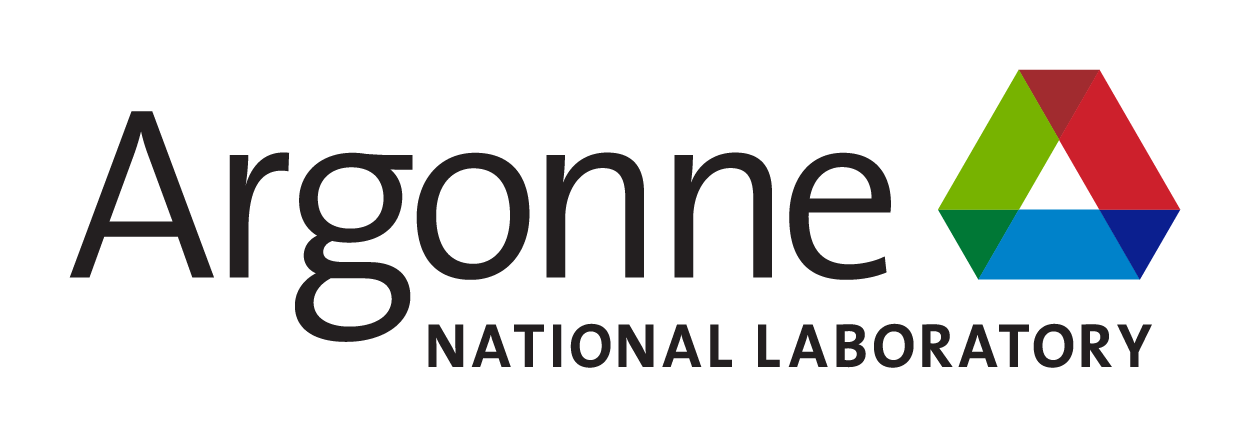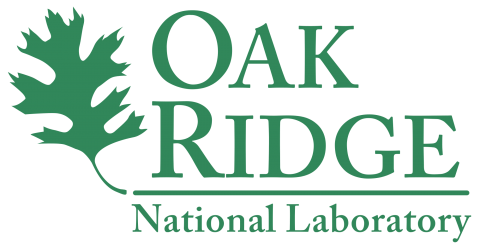UAV
UAV Field Test IOP
1 October 1993 - 31 October 1993
Lead Scientist: John Vitko
Observatory: SGP
The UAV Demonstration Flight (UDF) Summary The first of this two-phase flight series was conducted in November, 1993, at Edwards Air Force Base, California. Initially intended as an engineering test flight, such high-quality data was obtained that it was subjected to scientific analysis. The second flight series took place in April, 1994, at the DOE Cloud and Radiation Testbed (CART) site in North Central Oklahoma. The primary objectives of the UDF were to demonstrate the suitability of UAVs as a platform for scientific measurement and to obtain clear-sky flux profiles for comparison with atmospheric radiation transport models. A single aircraft, the Gnat-750, conducted a series of nine data flights and collected approximately 22 hours of in-flight data. A chase aircraft, the DHC-6 Twin Otter, accompanied the Gnat on each flight. The Gnat carried seven scientific instruments: a pair of shortwave broadband hemispherical radiometers, a pair of longwave broadband hemispherical radiometers, a total direct diffuse radiometer (TDDR), a Scanning Sprectral Polarimeter, and a suite of devices designed to measure in situ temperatures and dew point. Mission logs are available in the archive.Related Publications
View allTimeline
Campaign Data Sets
| IOP Participant | Data Source Name | Final Data |
|---|---|---|
| Tim Tooman | Radiosonde Data | Order Data |
Keep up with the Atmospheric Observer
Updates on ARM news, events, and opportunities delivered to your inbox
ARM User Profile
ARM welcomes users from all institutions and nations. A free ARM user account is needed to access ARM data.


















